
The greatest empires in history are responsible for shaping our world. Historical empires are great teachers as well as cautionary tales. By learning from the past, we can learn leadership and resource management skills, as well as human rights lessons. These five greatest empires in history will inspire you to build your own “empires” with strength and strategy. (Estimated reading time: 10 minutes)
“I came, I saw, I conquered.”
— Julius Caesar
Artists, thinkers, and traders have flocked to the big cities for millennia. These cultural hubs fostered the birth and exchange of ideas and wealth. People were willing to travel across land and water to get the opportunity to be in the centers of civilization.
Throughout history, rulers knew that the route to becoming the epicenter of trade and culture was through expanding their kingdoms. The prospect of building an empire with more land, human effort, security, and resources enticed even the feeblest leaders.
During a recent visit to the British Museum in London, I understood how rich and complex some of these empires were. While looking at ancient scrolls from Mongolia or swords used in the Ottoman empire, I could see the thought and strategy involved in their expansion. Sadly, it often required stealthy maneuvering and even enslavement, oppression, and subjugation.
While empires have a dark side, they have also significantly contributed to humanity. The expansion of the greatest empires in history resulted in an explosion of culture and intellectual thinking. The benefits of these developments in science, humanities, the arts, and so much more are still felt today.
As I walked through the winding corridors of the museum, I wondered why such great historical empires eventually faded into obscurity. One way to discover why, is to look at the trajectory of some of the greatest empires in history to find common patterns.
What is an empire?
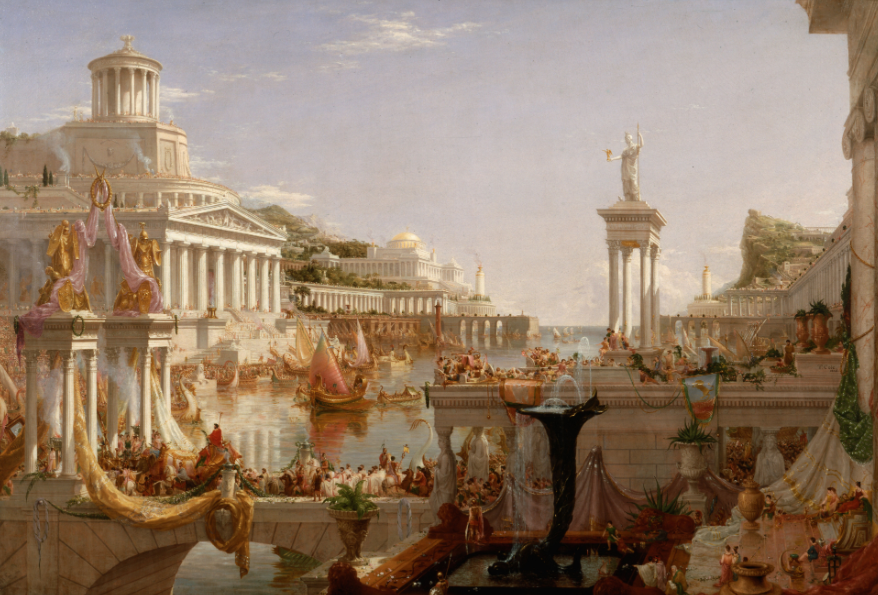
Empires drive history. While none exist today in the same form as they once did, we can compare modern countries to past empires because they have similar intentions and interests.
We can draw parallels between historical empires and modern-day countries because, at their most basic, they are often both political units made up of several territories and cultural groups.
Unlike countries today, historical empires were created through conquest and divided between a dominant central state that subordinated outer states (usually neighboring regions).
The key ingredient to holding an empire together is control. The ruling state could exert power over other states and put together systems and rules to enforce control. However, the level of control varied and fluctuated with each empire.
For example, Upper and Lower Egypt, from 3100-3000 BCE, was a political and cultural unit. On the other hand, the Sargon of Akkad, who took control of Mesopotamia around 2330 BCE, allowed the city-states to maintain their own political identities.
Not all empires were big. When it first began, The Akkadian Empire of Mesopotamia spanned only 30,000 square miles, approximately the size of South Carolina. In contrast, the British Empire occupied almost 14 million square miles, about 24% of the world!
The sizes of the empires were entirely based on the motives and vision of the rulers. Those less focused on size measured their effectiveness by the amount of power and resources they accumulated from their acquired territories.
Why did we create empires?
Early human communities were nomadic foragers. The people in these groups lived in tiny settlements or moved from place to place, stopping where they could find enough food to feed their clan. They lived off the land by hunting, gathering, and fishing. Archaeologists estimate that our nomadic ancestors traveled in groups of no more than 20-50 people.
Over the years, more and more of our ancestors found more permanent places to settle, and these settlements grew more extensive and sophisticated until they flourished, growing into civilizations.
But why would rulers take on the risks, complications, uncertainty, and expenses incurred when running and growing an empire? Because in their minds, the benefits of presiding over an empire outweighed the risks and potential fallout from conquering new territories. Some of the benefits included:
- Acquisition of resources, including raw materials like metal ore, stone, wood, and jewels. Conquering regions with these resources was cheaper than getting them through trade.
- Security and protection from invasion by powerful neighbors.
- Access to land with natural resources like fertile soil and water.
- Enslaving people who could serve them.
Many empires became immensely rich, but their heydays were numbered, and eventually, they began to decline.
Why did empires collapse?

Historians have long searched for the exact reasons behind the collapse of the greatest empires in history. It’s tempting to blame it on barbarians, plagues, or a callous emperor, but it’s a lot more complex. The result is a wide range of fallen-empire theories that are often contradictory.
While there is no single cause for an empire’s fall, there are specific patterns that we can observe during their span:
- Financial collapse: Empires are expensive, and as they got bigger, the costs increased. Rising costs from education, food, armies, and infrastructure reached a point where empires could not upkeep themselves. Examples: British and Maya empires.
- Defeat by an external enemy: Stronger states take over the empire, which leads to their downfall. Examples: Inca and Babylonian empires.
- Oppressed people rebel: When nations or ethnic groups band together to express their anger and dissatisfaction, it can collapse the empire. Examples: French and Ottoman empires.
- Lack of an able successor: After an emperor dies, the heirs fight over the throne, resulting in power struggles that do not resolve. Example: Mongolian Empire.
- Poor leadership: If an administration or leader can’t run the empire effectively, it can collapse on its own. Example: Spanish and Soviet Empire.
The fall of empires can also be boiled down to corruption and the inability to foster a climate of justice and measured restraint. If this oversight is prolonged, the regime reaches a tipping point, which becomes a downward spiral to its end.
Confucian philosopher Mencius echoed this when he said that the role of the ruler is to promote benevolence and righteousness and to always keep their self-interest in check.
As Mufasa in Disney’s “The Lion King” advises his son and successor, Simba:
“Everything you see exists together in a delicate balance. As king, you need to understand that balance and respect all the creatures, from the crawling ant to the leaping antelope.”
What historical empires can teach us about leadership and human rights
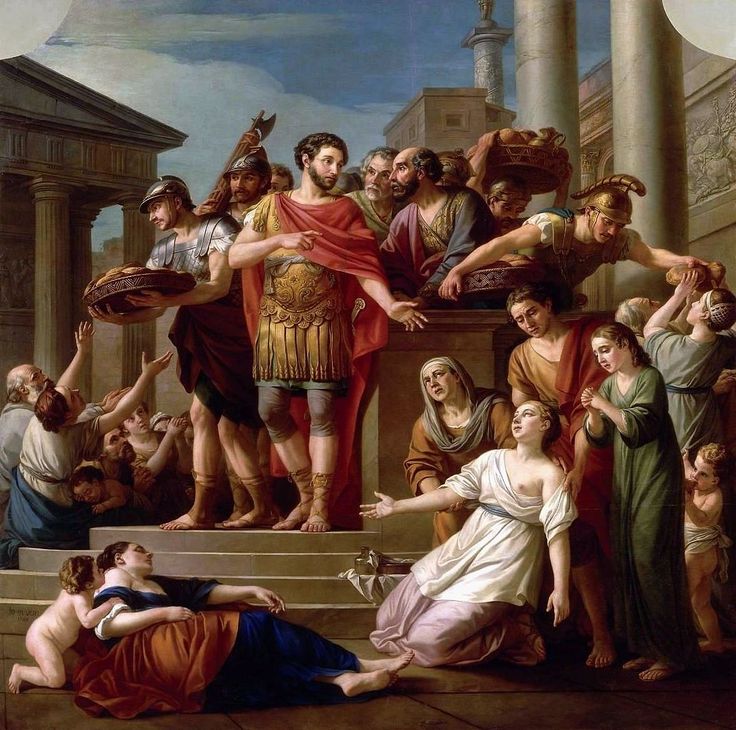
The greatest empires in history can be great teachers but also act as cautionary tales. Here are five of the most important lessons they can teach us about leadership and human rights:
1. Use your resources wisely: Whether you run a business, a household, a country, or an empire, resources are limited. The strongest empires carefully harnessed their reserves of food, stone, water, and gold to sustain their people for long periods.
2. Treat your citizens with dignity: One of the most benevolent rulers in history was Cyrus the Great of Persia. He allowed everyone in his empire to practice their faith and maintain their own governments in exchange for a yearly tribute. He is credited for creating the first declaration of human rights. As a result, he was well-respected by his people and beyond. The Greek author Xenophon wrote about Cyrus in his work, “Cyropaedia“:
“He honored his subjects and cared for them as if they were his own children,” Xenophon wrote, “and they, on their part, revered Cyrus as a father.”
3. Be one step ahead: Rulers and their advisors always had to be on the lookout for potential threats– both large and small. Similarly, we must watch for competitors in our jobs or businesses and know their tactics. There might also be toxic people in your personal life trying to gain an advantage over you. Don’t be paranoid but be aware of your surroundings.
4. Manage your money well: Money determines the fate of an empire. A well-funded economy could fuel imperialistic missions and foster prosperity among the citizens. If they didn’t have enough of it, they were easy targets. While money is not everything, we need enough of it to live comfortably – for that to happen, we need to be both earning and managing our finances well.
5. Do more good: Colonial empires left a lot of destruction in their wake, such as economic instability, human rights violations, the spread of diseases, and ethnic rivalries. However, the better ones bolstered the places they colonized by investing in infrastructure and trade. They also encouraged literacy and instilled democratic systems of government. As leaders, we must ask ourselves what we can do to benefit our own “empires” and minimize potential fallout.
The five greatest empires in history
Thousands of empires existed throughout history. These five are considered among the biggest and mightiest because of their size and power:
1. The Roman Empire (27 BCE – 476 CE)
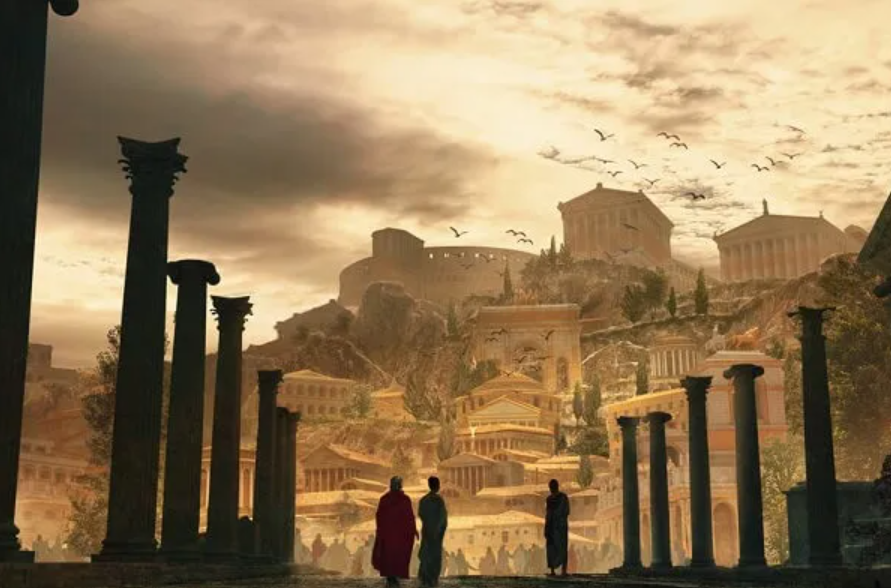
The Roman Empire is western civilization’s most extensive social and political state. It was founded by August Caesar when he declared himself emperor and ended with Romulus Augustulus after the fall of Constantinople.
At its highest point under Emperor Trajan, the Roman Empire ruled over 21% of the world’s population. Its territory stretched from England in the west to Persia in the east, with the Mediterranean as its hub.
By 285 BCE, the Empire was too vast to be ruled by the Roman government, so it was divided into Eastern and Western Empires. The Romans served as a role model for western imperialism by establishing future governments’ political and administrative bases.
2. The British Empire (1601-1997 CE)

The British Empire had a colonial presence that included large areas of North America, Asia, Africa, Australia, New Zealand, and some parts of Central and South America. It began in the 16th century, often referred to as the “Age of Discovery,” when new perspectives on the world and advanced shipbuilding encouraged exploration and discovery of “new” land.
After the Spanish and Portuguese explored the Americas, Britain began their mission to accumulate colonial assets around the world. They were successful in their conquest.
At its height, the British Empire had a colonial presence on every continent, from the Caribbean to Australia, India, and parts of Africa. This totaled almost a quarter of the earth’s land surface and about 20% of the world’s population.
The Empire weakened and declined as its colonies pushed for autonomy and independence. However, the British Empire is credited with shaping much of the modern world due to its massive size and influence.
3. Ottoman Empire (1300 – 1922 CE)
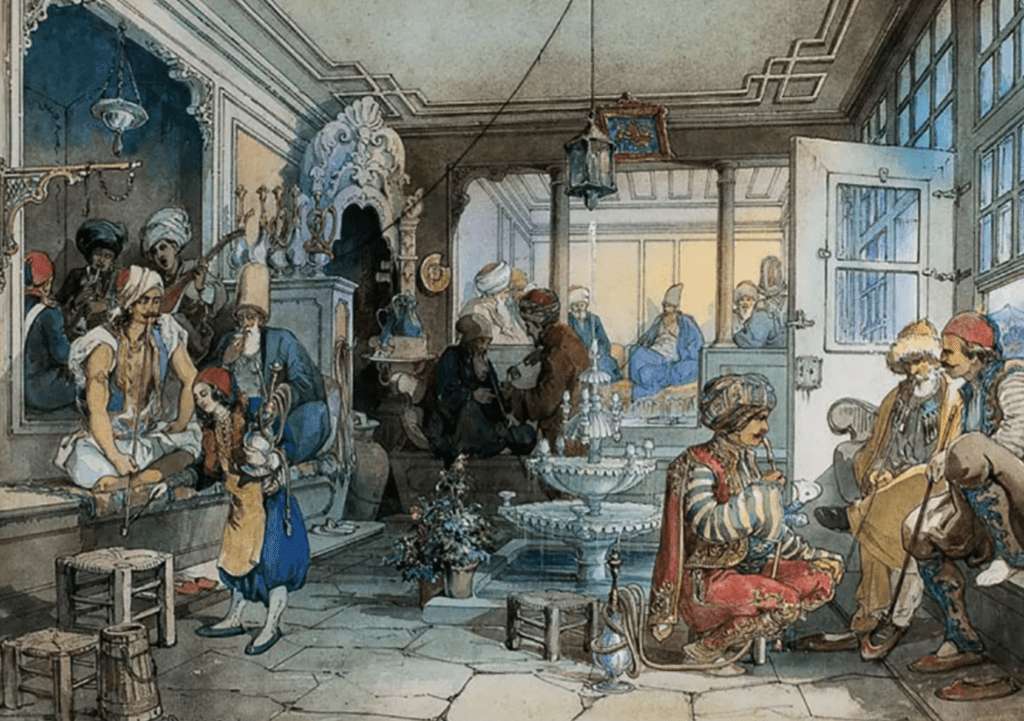
The Ottoman Empire, also known as the Turkish Empire, was one of the most enduring and greatest empires in world history. It grew from a modest town in Anatolia in the 13th century and was headed by Turkoman tribal leader Osman.
At its peak, the Islamic superpower ruled over parts of three continents: Western Asia, Southeastern Europe, and North Africa. The Ottoman Empire’s success is credited to its centralized structure, organized military system, and control over some of the most lucrative trade routes, which helped it accumulate wealth.
However, the Empire’s stronghold on the world couldn’t last – it collapsed during the treacherous battles of World War I.
4. Mongol Empire (1206 – 1368 CE)
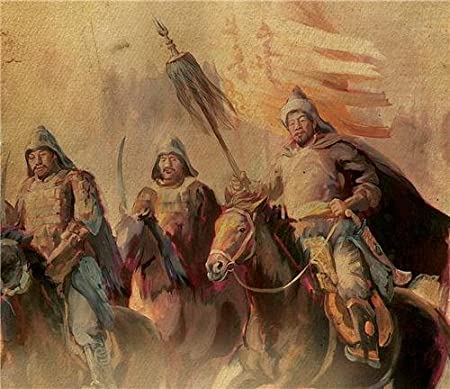
The Mongol empire was founded by Genghis Khan, a ruthless leader who united nomadic Mongolian tribes to create a formidable army.
One of the largest contiguous land empires in history, it covered 12 million square miles (more than 16% of Earth’s land mass). It stretched from Central Asia to Central Europe and the Sea of Japan. Its dominance and power are due to its massive army and mastery of the advanced technology of its era.
Although Mongolians were known for brutal warfare, they also brought about trade, peace, stability, and protected travel. Its decline began after the Black Death struck in 1331 and culminated when Russia occupied it in 1784.
5. Qing Dynasty (1644–1911 CE)
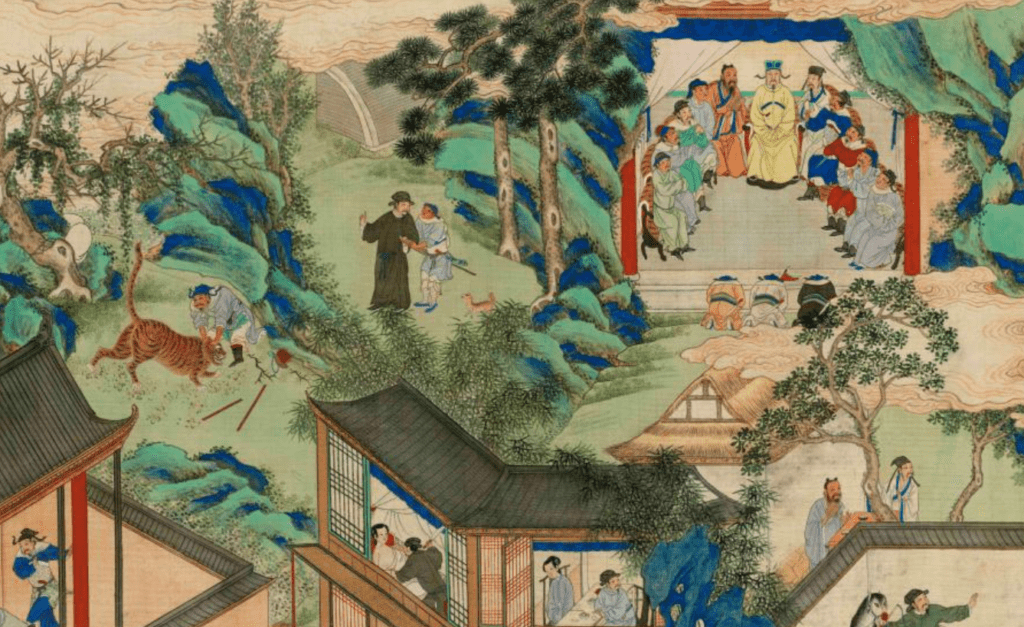
The Qing Dynasty was the longest-surviving and final imperial dynasty of China. Initially known for its prosperity, it came to a tumultuous end when The Republic of China took it over.
This Manchu-led empire was founded after the Chinese defeated the Mongols. Over time it tripled in size, increasing its population from 150 million to 450 million (more than 35% of the world’s population).
At its height, the Qing Dynasty covered 5.8 million square miles of land, and it successfully formed the borders of modern China and unified Mongols, Manchus, and Han Chinese under the same ruler. The decline of the Empire was due to its failure to modernize and protect itself against states with technologically advanced powers.
Other great empires: The Spanish Empire, Persian Empire or Achaemenid Empire, Byzantine Empire, Han Dynasty, The Russian Empire, The Caliphate, and The Portuguese Empire.
Looking back on history, we can appreciate the ambition and drive that pushed the ancient leaders’ efforts to fulfill their missions. When we channel that power into our projects, we move forward in actualizing our vision.
As the famous Chinese philosopher, Lao Tzu states, “A journey of a thousand miles begins with a single step.”
All my best on your journey,
Seline

Question for you: Which of the greatest empires in history fascinate you the most and why?
Did you like this post? Sign up below, and I’ll send you more awesome posts like this every week.

I love know more about the political history of the world.